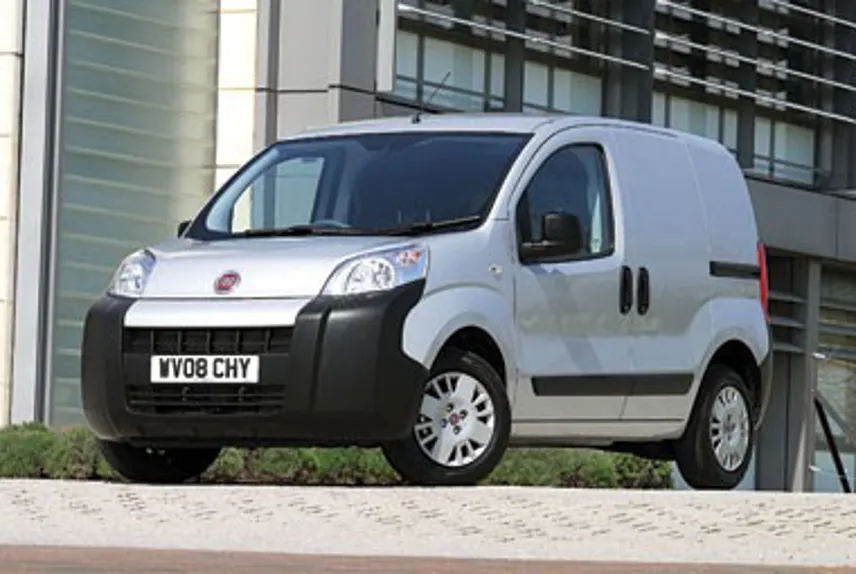Review
The van on test here is one of a trio of vehicles that have carved out a new niche in the LCV market.
You’ll also find it badged as the Citroën Nemo and Peugeot Bipper.
But while these urban LCVs share their underpinnings, this vehicle should rightly be called a Fiat as it is, in fact, based on the Grande Punto chassis.
Whatever you call it, this van is making quite a splash for itself since its launch last autumn.
It’s already been voted International Van of the Year at the Hanover Show and is now beginning to show its face in Britain’s towns and cities.
The country’s urban fleets can hardly be blamed for taking a liking to this jaunty little number. It’s chic and stylish and despite having diminutive outer measurements, its interior is anything but.
While the Fiorino can winkle into all those little city back streets and has a turning circle of just under 10 metres, it will carry a respectable 2.5 cubic metres and 610kg of cargo.
Bearing in mind that the bigger Fiat Doblo Cargo manages 3.3 cubic metres, that’s some feat.
The Fiorino does differ from its Citroën and Peugeot brothers in one important aspect – its engines.
While its French siblings have PSA engines, the Fiorino uses Fiat units – the perky 1.3-litre Mulitjet which offers 75bhp@4,000rpm and 140lb-ft of torque at 1,750rpm and a 1.4-litre petrol with 73bhp@5,200rpm and 87lb-ft of torque at 2,600rpm.
Three trim levels are available: base, SX and Combi, and prices range from £7,999-£9,350 ex-VAT.
Later on, an Adventure variant will be added, offering off-road features such as raised suspension and an engine guard incorporated into the front bumper.
Standard equipment includes ABS brakes, driver airbag, a ladder bulkhead and adjustable headlights, while SX models add remote central locking, left-side sliding door, a folding dashboard desk, automatic locking at 3mph and electric windows and mirrors.
Options include manual climate control, foglamps and automatic transmission. Unfortunately, there is no mention of ESP traction control.
Behind the wheel
I always reckon that drivers make up their minds about whether or not they like a vehicle within about 10 seconds of climbing aboard.
Remembering back to the original launch drives of this van in France last year, it took me about one nano-second to decide I liked it – in fact, I liked it a lot.
It’s hats off to Fiat for a start for recognising the need for a new van sector and they couldn’t have made a better job of it.
One of the things that knocked me for six is the size of the cab – I really don’t understand how Fiat has crammed so much into so little space.
The driver’s seat, for example, isn’t one of those tiny ones you sometimes find in small vans that leave you feeling as though you are sitting on a bar stool.
Oh no, this one hugs the figure right from the back of the knees to the neck and is a definite best in class.
There isn’t a huge number of cubby holes, but as this van is designed very much for short-haul work, this is not a major drawback.
In the back, there’s a good square load area and six load-lashing eyes.
Our test van also featured a second side sliding door which we reckoned was a bit over the top for such a small vehicle.
On the road, the common rail diesel unit proves quiet and refined and although 75bhp doesn’t exactly sound a lot, it’s plenty for this van – and don’t forget that maximum torque comes in at a low 1,750rpm, which makes the Fiorino feel a lot more powerful than it really is.
This van’s road manners are impeccable and will really put a smile on the face of any enthusiastic driver.
I undertook a 300-mile round trip in one day and enjoyed every single mile of it – not even a hint of a back twinge or leg ache.
To cap it all, the Fiorino returned a tad more than 50mpg during our test week.
Verdict
We’d back international judges at Hanover all the way on their decision to give this van its top title. It ticks every box we can think of for an urban fleet operator.
















